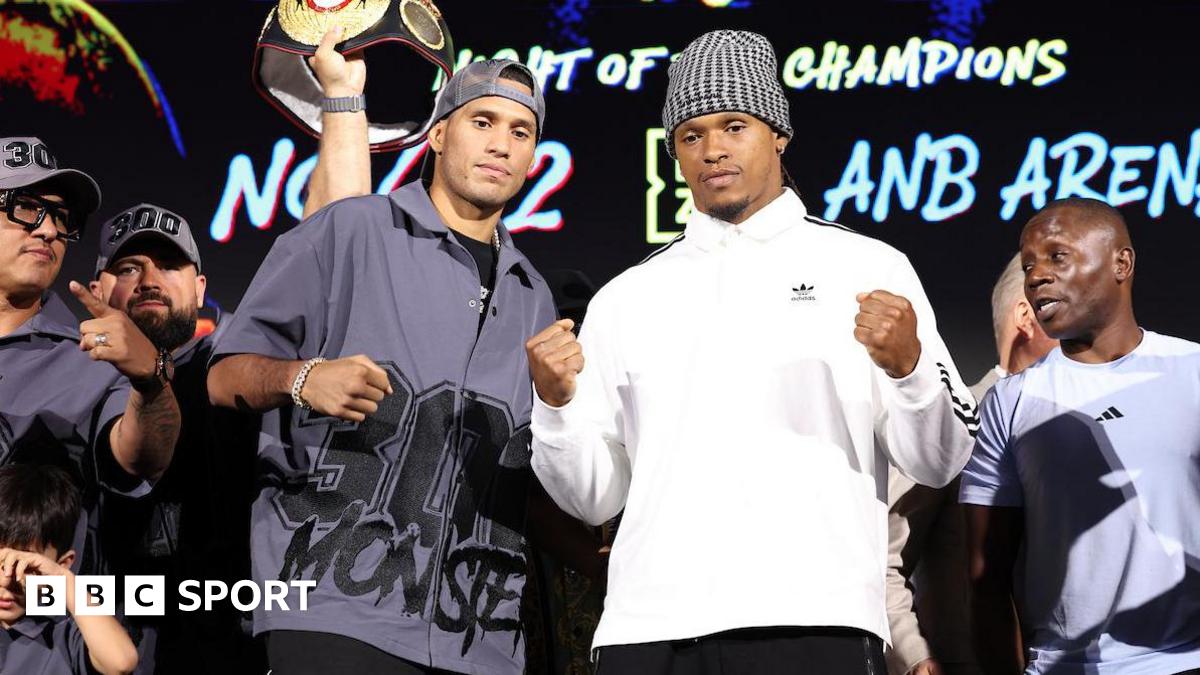Tottenham boss Thomas Frank “very confident” of club owners’ support
Tottenham manager Thomas Frank says he is “very confident” he has the backing of the club’s owners.
Spurs’ only Premier League home win under Frank, who joined from Brentford in June, was the opening-weekend fixture against Burnley.
They have just 18 points from 13 games and sit 12th in the league table – with some fans criticising the Dane.
But asked if he was confident the club’s hierarchy would give him time to improve things on the pitch, Frank told reporters: “Yeah, I’m very confident.
“It seems like they’re good guys, intelligent people, know how to run businesses and learning about football.
“I think when we’re dealing with intelligent people, they can see every successful dynasty and every successful club has taken time.”
Fans at Tottenham Hotspur Stadium booed goalkeeper Guglielmo Vicario after his mistake led to Fulham’s second goal in Saturday’s 2-1 defeat – Spurs’ 10th home league loss of 2025.
The Dane said after the defeat that those who booed Vicario “can’t be true Tottenham fans” and called their actions “completely unacceptable”.
Speaking before his side face Newcastle United, just below them in 13th, at St James’ Park on Tuesday (20:15 GMT), Frank said he understood the disappointment of fans.
“As I said after the game, I completely understand the frustration,” he said.
“If you don’t win, there will always be a frustration. That is normal.
“Especially as we haven’t won as much as we would have wanted to at home, not only this year but the last long period. So the frustration grows a little bit more.
“We are nothing without the fans. No club is anything without the fans. Tottenham is nothing without our fantastic fans, nothing. We need each other.
“My point is that during matches is where we need each other – where I want to create a fortress.
“If you want to create a fortress, it can only be together – fans, team, me. My job is to make sure we do everything we can to perform – but can we do that together? That is where you create a difficult place to play.”

